Foot shape may not be the first thing you think about when you’re picking out shoes. In fact, most people never take the time to find their foot shape or consider it a factor at all. But foot traits go far beyond what you probably think.
Shoe design and the most common foot type: What to know
It's no surprise most shoes are designed for neutral feet. It’s the most common foot shape. However, if you feel like you’re endlessly searching for the right shoes, you could likely be wearing kicks that don’t support your particular foot shape.
You don’t have to buy custom-made shoes to be comfortable, but a few factors can affect how you feel in different shoes. This largely can depend on how your foot is shaped. These factors can affect more than just overall comfort. Athletic performance and even injury risk can be affected.
Today, our guide is walking you through everything you need to know about foot shape. We’re going to discuss the different categories of foot shapes, how to find yours, and how to use this info to find the best pair of shoes for you.
The history of foot shapes
Today, we analyze foot shape mostly for medical or comfort reasons. Interestingly, over 5,000 years ago, people examined their feet for cues into personality traits or heritage.
While it’s not medical, it’s certainly interesting!
Here’s a quick summary:
The Roman foot: Are your three largest toes the same height? Is your fourth slightly larger than your pinky toe? You might have the Roman foot, especially if you have high arches. Those with this shape are said to be charming, brave, and extroverted.
The Egyptian foot: It’s characterized by a long big toe with the rest decreasing steadily at a 45-degree angle. The Egyptian foot shape is generally long and narrow. These people are said to be friendly, well-liked, and appreciate the finer things in life.
The Greek foot: Does your second toe seem longer than the first (called Morton’s Toe)? Those with the Greek foot shape are said to be creative and athletic but impulsive, which is why this shape is also called the “flame foot” or the “fire foot.”
Okay, now to the nitty-gritty.
What is foot type?
Foot type is generally based on one core aspect: the arch.
Technically, the human foot has three arches: the medial, lateral, and transverse. Together they form the overall arch of your foot based on the alignment of your heel.
Every foot is unique, but we can classify the three general types of foot shapes into these categories:
- Neutral/Normal
- Flat/Wide
- High-Arch/Hollow/Cavus
Finding what works for you is key, but reviewing the most common types can also help identify a range of foot problems. With that information, you’re better prepared to identify what shoes support your needs.
Remember that your arch shape can change over your lifetime due to numerous factors, including weight change, diabetes, injury, and more. If you start to experience discomfort around your feet where there previously wasn’t any, it may be time to double-check your foot shape and revisit what shoes you wear!
For now, let’s go into more detail on each foot type below.
Neutral feet/normal feet
The most common foot shape, as the name implies, is the neutral shape, sometimes called normal. This shape is characterized by balance. The arch reaches a medium height and doesn’t lean to either side. (Note that it’s very normal for the foot to roll a bit while walking; this is called pronation/supination.)
Neutral feet have a well-aligned heel. The subtalar joint (the part of your heel that feels like a stiff cord) is straight and centered, and there’s no indentation on either side of the heel cups.
This foot type is the easiest to find comfortable shoes for and has the lowest maintenance overall. As the arch is naturally balanced, even shoes with almost no support, like flip-flops, can be tolerated for an extended time.
Thanks to the neutral starting position of the heel, explosive acceleration, deceleration, and direction changes are easier for neutral feet, and the risk of injury is lower since your foot naturally spreads out upon impact. With that said, neutral-footed people aren’t necessarily the best athletes — anyone with any foot type can thrive in sports!
Flat feet/wide feet
Flat feet are the second most common foot shape of the three. Characterized by a low arch and often a wide foot shape overall, flat feet are everted, meaning they bend outwards. Related factors such as overpronation and back pain often accompany this foot shape.
The flat arch alignment can increase stress on the medial arch, so flat-footed people often need shoes with extra support and cushioning to feel comfortable throughout the day.
While discomfort is more common with flat feet than neutral, it isn’t necessarily a problem for everyone. Factors like shoes, weight, health conditions, injuries, and time spent walking and standing each day can influence how likely discomfort is to occur.
In some cases, flat feet can hinder athletic performance or increase the risk of injury. For example, explosive movements like jumping and sprinting can be more difficult for flat-footed athletes. Likewise, because pressure across the foot is less even, injuries to the foot or the leg might occur more frequently.
High-arched feet/hollow feet
The third foot type, high-arched feet, is the rarest. Also known as hollow feet or cavus foot, this condition is almost always uncomfortable and sometimes even requires corrective surgery. Causes can include injury, underlying health conditions, or abnormal foot development.
A high-arched foot looks how it sounds: The arch bends much farther upward than other shapes. These feet are typically inverted as well, causing them to point inwards, with a slight indent at the heel. Unusual toe shapes, like those bent or clutched like a fist, can also result from cavus feet.
Extra stress is put on the ball of your foot and the heel, resulting in general discomfort, pain, and sometimes the development of more serious conditions such as plantar fasciitis. Plantar fasciitis is the inflammation of the plantar fascia (the cord of tissue connecting the heel of your foot to the toe).
Cavus feet can also hinder exercise and athletic performance. Like flat feet, explosiveness may be limited, and injury risk may be greater since pressure is isolated to certain parts of the foot.
What kind of shoes best suit different foot shapes?
With all this information about foot types, you may be wondering how to use it. Let’s talk about finding the right shoe for your foot.
Most shoes are made with neutral feet in mind. At the same time, since neutral feet are the most flexible, they are easier to accommodate. Choosing a high-quality shoe with general features such as comfort, proper fit, durability, and convenience is still important for any foot shape.
Finding supportive shoes
Specifically, non-neutral feet fare best with superior support. Support is provided by various areas of the shoe, including:
- Insoles. The insole is the part of the shoe that touches your foot, sometimes known as the footbed. The insole should be soft, cushy, and shaped to your arch. This helps sensitive feet feel less discomfort throughout the day.
- Outsoles. The outsole is the part of the shoe that touches the ground and provides shock absorption and traction. This is essential for reducing stress on the foot and helping prevent injury.
- Soft, flexible upper. The upper is the outer part of your shoe that covers the foot. An upper with a flexible shape allows inverted or everted feet to rest comfortably. If your shoes work against your feet, you’re already starting at a deficit.
Shoes designed for athleisure, athletics, or comfortable casual wear are best for meeting these support needs.
Conversely, some examples of shoes that often don’t meet the support needs of flat and high-arched feet include:
- Flip-flops and sandals
- Heels
- Clogs
- Loafers
- Some sports shoes, such as cleats
Many classes of footwear, including some in the list above, can be supplemented with orthopedic inserts to support different arch alignments. If necessary, seek the assistance of a podiatrist.
Custom inserts are beneficial if you must wear specific styles of non-supportive shoes for work or other formal environments. Talk to your doctor in these situations to work together toward a solution.
Why support matters
Supportive shoes are a must for all kinds of feet, but the importance increases for flat feet and even more so for those with high arches.
Comfort
Support is essentially any part of the shoe that mitigates impact stress on the foot. Walking, standing, jumping — all these activities stress the foot. When that stress is spread across the foot, like with a neutral arch, it’s much easier for your foot to handle. Discomfort increases when it’s isolated to the ball of the feet, the heel, or one side of the foot.
Athletic performance
Due to the foot’s biomechanics, non-neutral foot shapes may need extra support come gym time.
This is because the starting position of the heel can affect how much potential energy is available and ready to go when an athlete needs to perform an explosive movement. This potential energy is maximized when the heel starts in a central, neutral position. An everted or inverted heel, as with flat feet and cavus feet, respectively, requires more compensation and generally results in lost power or speed.
Injury risk reduction
Injuries, including rolled or sprained ankles, Achilles tendonitis, medial tibial stress syndrome, and plantar fasciitis, are linked with increased injury risk due to non-neutral foot pronation. Bunions, blisters, hammer toes, and more can also be associated with or worsened by certain foot shapes and unsupportive shoes.
Support the shape of your foot
Comfort and versatility are priorities for us: We design our shoes to be as comfortable as possible for as many people as possible, regardless of foot shape.
To start, we use flexible, soft designs across all parts of our shoes so that a diverse array of foot shapes can be well accommodated and well padded. Our Kizik Roamers are the perfect example, with a wide stance, soft upper, and roomy toe box.
Our Kizik Rabbit Foam™ and Flex Foam™ outsoles are specially designed to soften the impact of each step, reducing stress on the foot. These materials are similar to memory foam but offer more stability and strength for your feet, unlike rubber, which doesn’t have the same cushioning effect.
We also design our shoes with removable insoles, so you can switch to your custom orthotic inserts if desired for specialized comfort.
Final remarks
Whatever your foot type, our slip-on styles have the comfort, convenience, and versatility features to help you feel more comfortable in your daily adventures.
Sources:
Subtalar Joint: Anatomy, Function, and Treatment | Verywell Health
Flat feet: Symptoms, exercises, diagnosis, and treatment | Medical News Today
Cavus Foot – High-Arched Foot | Foot Health Facts
Plantar Fasciitis | Johns Hopkins Medicine
Does Pronation Control Matter In Athletic Shoes? | Podiatry Today
Supination and Pronation: What It Means for the Foot and Arm | Healthline
What Exactly Is Morton’s Toe? | Healthline
Types of Feet: Can Foot Shape Determine Your Ancestry or Personality? | Healthline



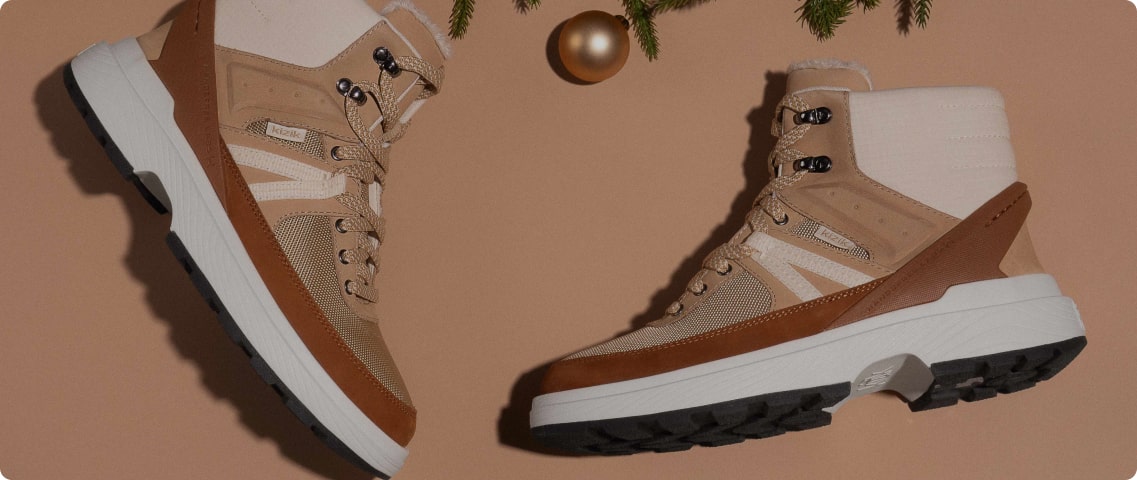
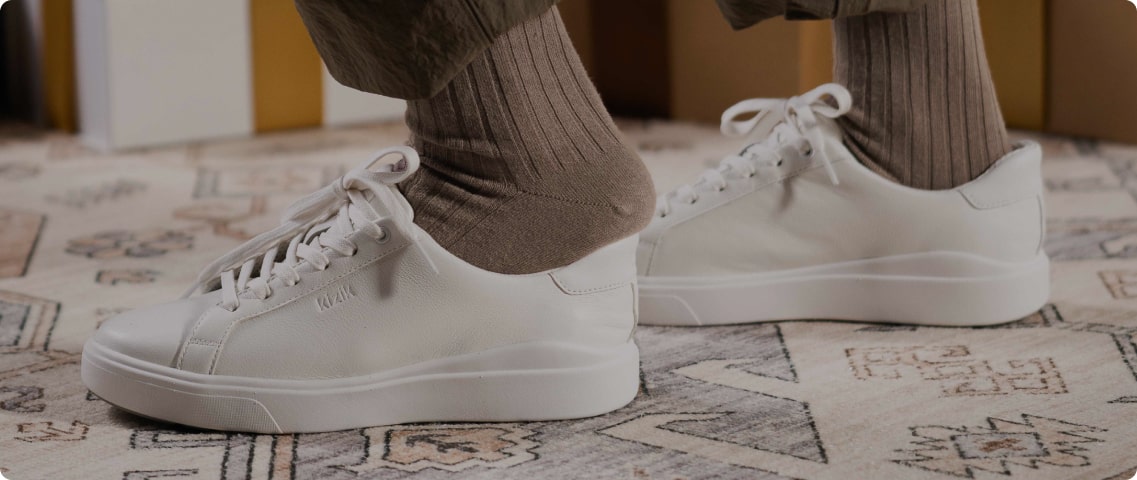
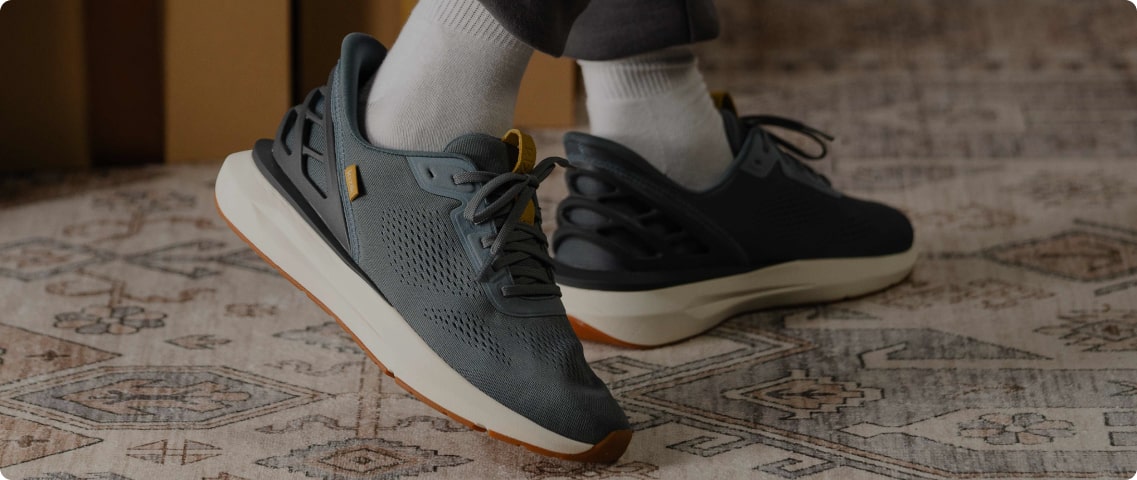


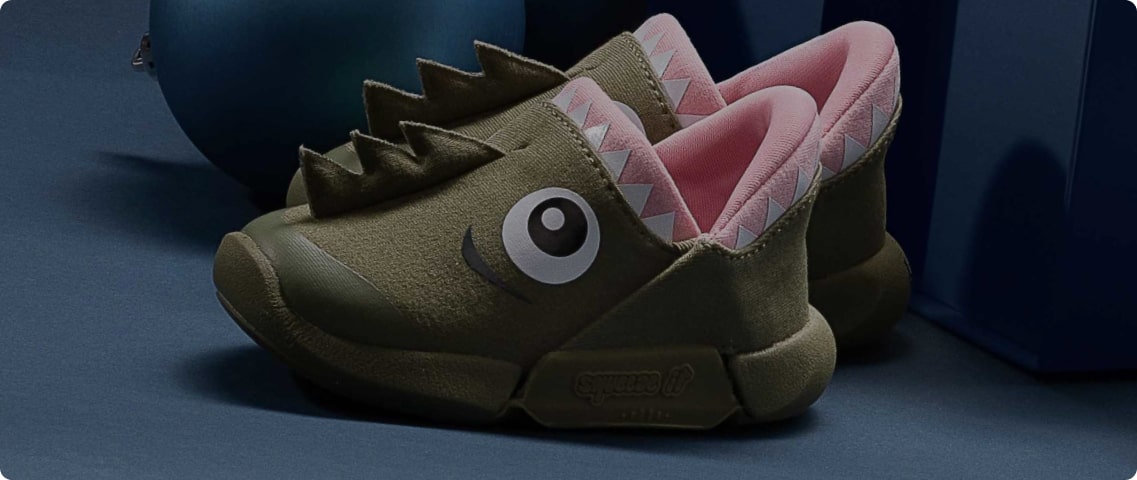
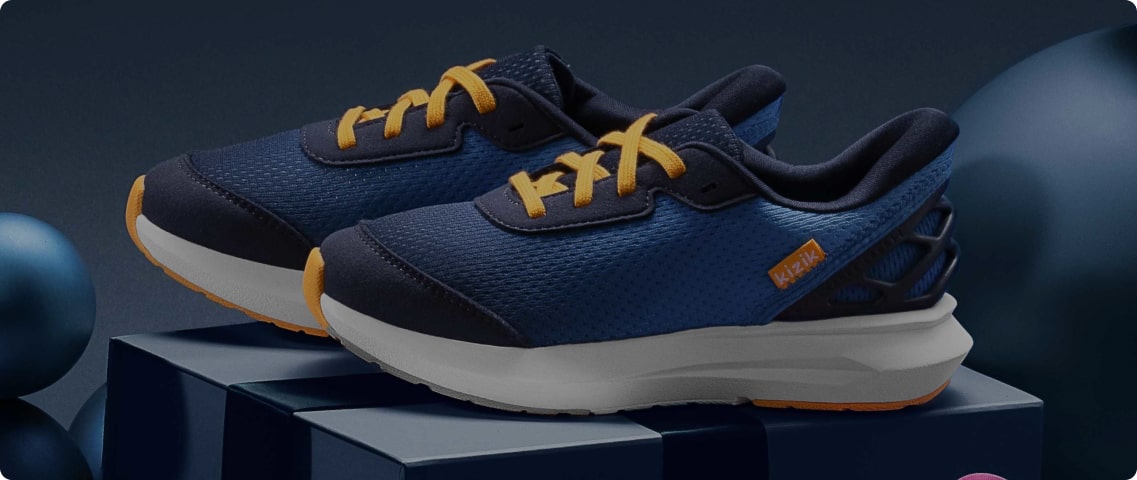
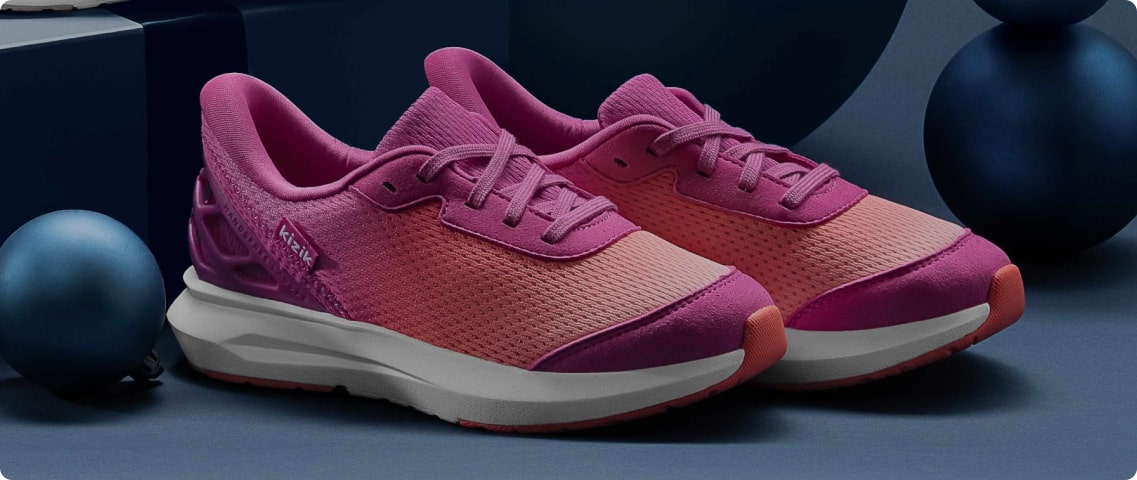

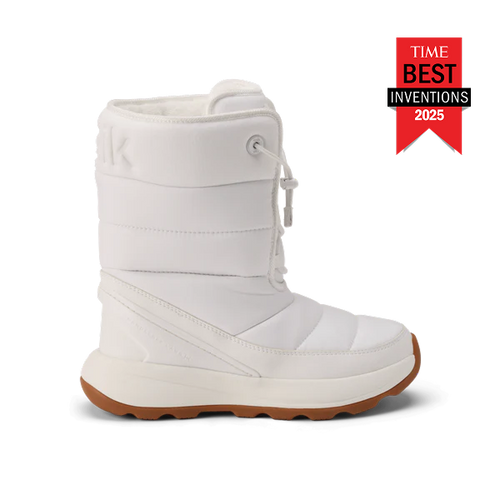


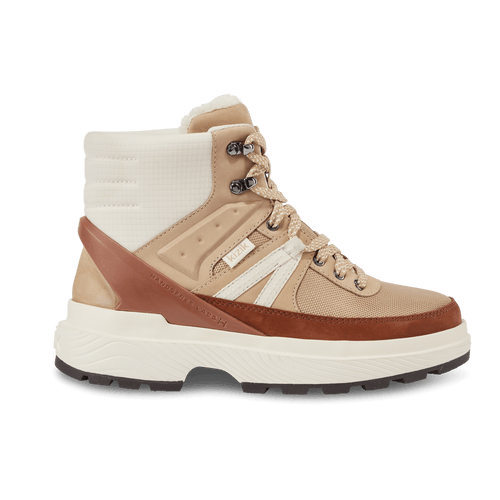
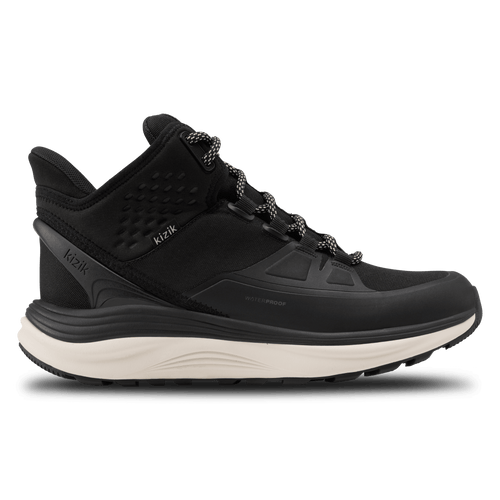








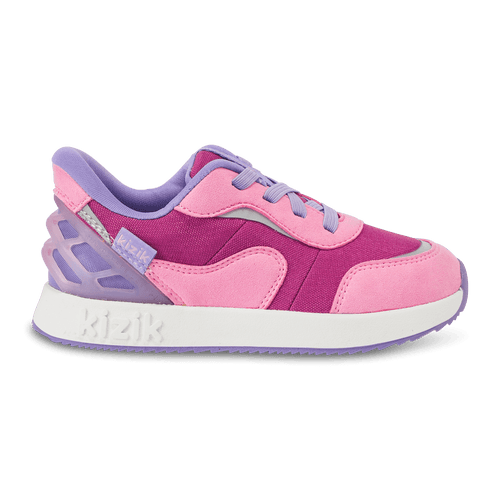

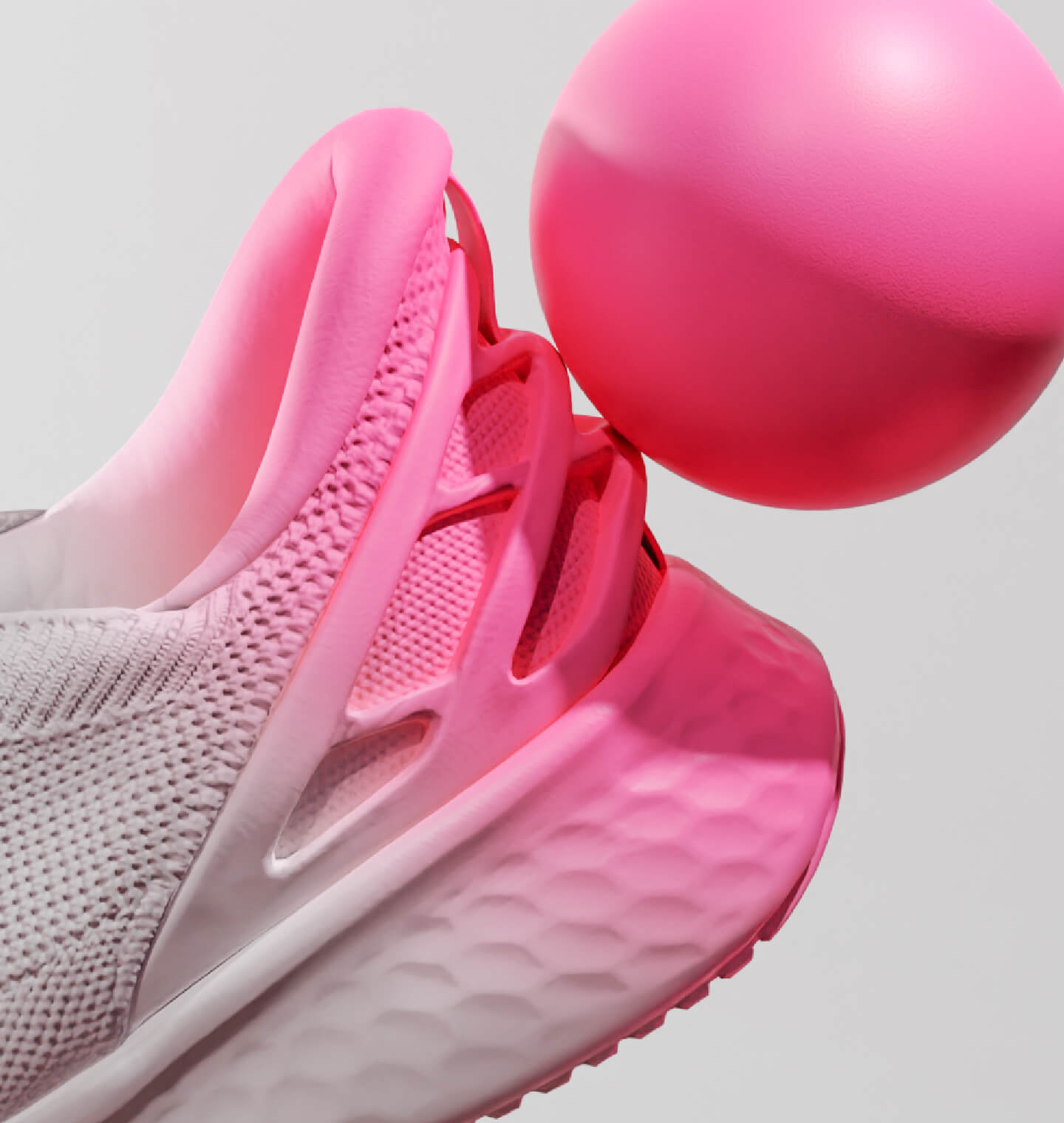


Leave a comment
This site is protected by hCaptcha and the hCaptcha Privacy Policy and Terms of Service apply.